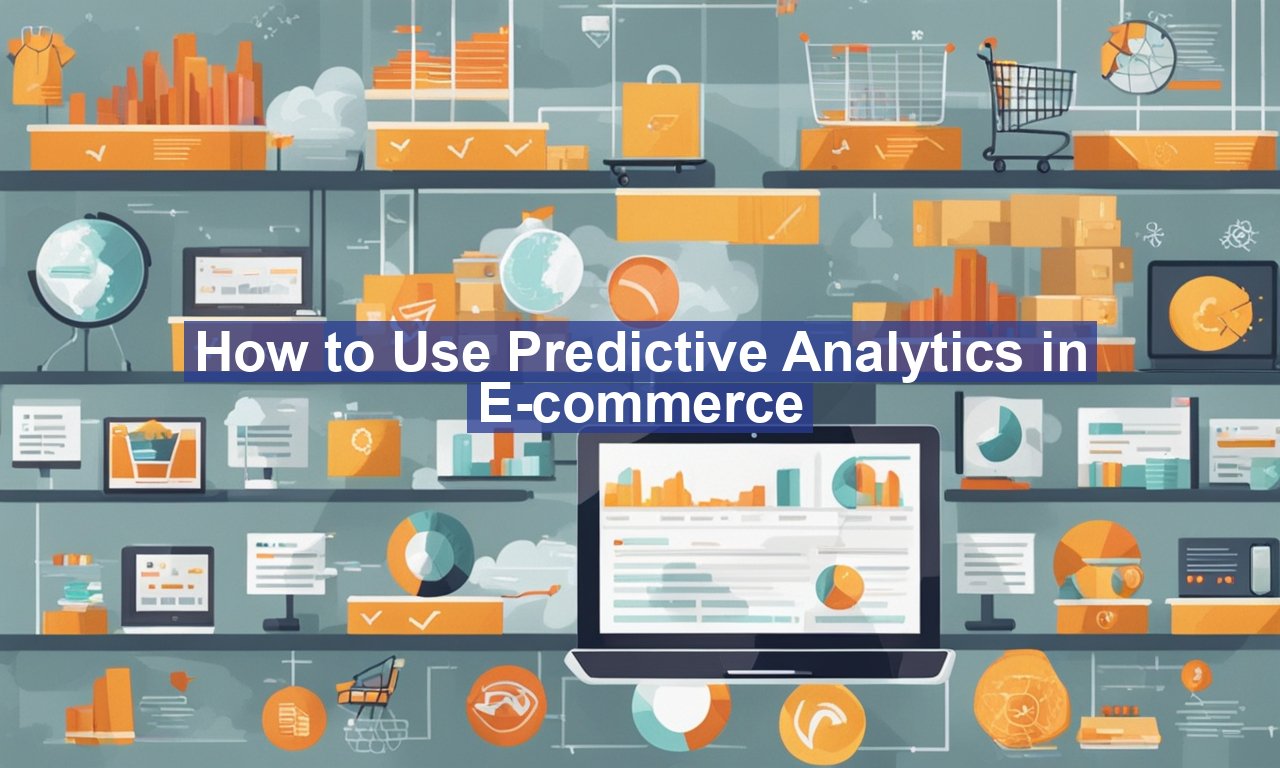Imagine having a crystal ball that could reveal the shopping behavior of your customers. Sounds like a dream, right? Well, in the world of e-commerce, this dream is closer to reality than you might think. Predictive analytics—a powerful tool that processes data to foresee future trends—can be your modern-day crystal ball. It’s transforming how e-commerce businesses understand their customers and strategize their marketing efforts. But how can your business effectively use predictive analytics to gain a competitive edge? Let’s delve into the ways that predictive analytics is reshaping e-commerce, and how you can leverage it to optimize your operations and improve customer satisfaction.
What is Predictive Analytics?
Predictive analytics involves using historical data to identify trends and make informed predictions about future events. In the context of e-commerce, it involves analyzing data from customer interactions, sales histories, and market trends to anticipate customer needs and business opportunities. By employing statistical algorithms, machine learning techniques, and data mining, predictive analytics helps businesses make proactive decisions that lead to better outcomes.
Benefits of Using Predictive Analytics in E-commerce
Businesses have a treasure trove of data at their disposal—but without the right tools to extract insights, this data is just numbers on a screen. Predictive analytics transforms this data into actionable insights, offering substantial benefits:
- Enhanced Customer Insights: By understanding buying patterns, e-commerce businesses can personalize marketing campaigns, tailor product recommendations, and improve customer experiences.
- Optimized Inventory Management: Predictive analytics aids businesses in anticipating demand fluctuations, reducing overstock and stockouts, and ensuring a smooth supply chain.
- Increased Sales and Revenue: By predicting customer needs and preferences, businesses can craft tailored promotions and offers that are likely to result in increased sales.
- Minimized Risk and Fraud Detection: Algorithms can spot unusual patterns that may indicate fraudulent activity, protecting both the business and the customers.
How to Implement Predictive Analytics in Your E-commerce Strategy
Now that you understand the benefits, let’s explore how to incorporate predictive analytics into your e-commerce strategy. Here are some steps and practical tips:
1. Gather and Collect Quality Data
The first step is to collect relevant and high-quality data. This includes customer demographics, purchase history, browsing patterns, and feedback. Integrate your data sources into a centralized system for easier processing and analysis. A well-maintained database is the backbone of successful predictive analytics.
2. Utilize Advanced Analytical Tools
Adopt advanced analytical tools and platforms that specialize in processing and interpreting big data. Cloud-based solutions like SAS or Google Cloud AI offer comprehensive tools for predictive analytics that cater to the needs of e-commerce businesses.
3. Identify Key Metrics and KPIs
When starting with predictive analytics, focus on the key performance indicators (KPIs) that align with your business goals. This may include sales conversion rates, average cart value, or customer lifetime value. Understanding these metrics will guide your analytics efforts and ensure that you’re extracting valuable insights.
4. Create Predictive Models
Use the collected data to develop predictive models that can forecast future customer behavior or market trends. Machine learning algorithms can be helpful here, learning from historical data to make accurate predictions. Ensure that your models are regularly updated to reflect the latest data for continuous accuracy.
5. Test, Measure, and Optimize
Implement the insights derived from your analytics into actionable strategies. Regularly test and measure the outcomes of these strategies to determine their effectiveness. Use these results to refine your models and strategies, creating a dynamic feedback loop that continuously improves your predictive capabilities.
Real-World Applications of Predictive Analytics in E-commerce
Curious about how industry leaders are making use of predictive analytics? Here are some real-world applications that illustrate its potential:
- Personalized Marketing Campaigns: Companies like Amazon use predictive analytics to recommend products tailored to individual customer preferences, significantly boosting user engagement and sales.
- Dynamic Pricing Models: Retailers can adjust prices in real-time based on demand forecasts and competitor pricing, optimizing profit margins.
- Customer Retention Strategies: E-commerce platforms analyze churn patterns to develop strategies that enhance customer loyalty and retention, similar to loyalty programs seen with Netflix and Spotify.
Conclusion
Predictive analytics is no longer a futuristic concept—it’s a must-have tool in the competitive landscape of e-commerce. By harnessing the power of data, businesses can fine-tune customer experiences, enhance operational efficiency, and drive steady revenue growth. Implementing predictive analytics in your e-commerce strategy might require an initial investment in time and resources, but the payoff in terms of improved business outcomes makes it well worth the effort. As digital commerce continues to evolve, staying ahead of the curve with analytics-driven insights will be crucial.


